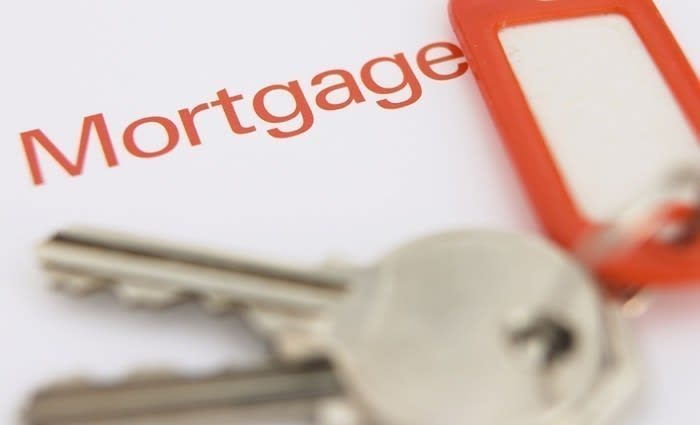Can you comfortably afford to repay a mortgage in a 6% or even 7% scenario?: Pete Wargent
A couple of things happened in 2016 that changed the outlook for interest rates in Australia.
Swaps had been seeking out lower and lower rates, yet fairly abruptly around September time someone or something called time on that particular party.
Well, what happened?
It wasn't that the economy suddenly became stronger. Hardly!
In fact, GDP growth was actually negative for the third quarter of the calendar year, while employment growth went backwards in the months of both August and September too.
And all measures of inflation are actually below the target 2 to 3 per cent range.
Then, what?
Then, what?
Change of Governor
While we should be wary of imposing simplistic narratives over historical trends (with hindsight giving the supposed benefit of 20/20 vision), it appears that the change in Reserve Bank Governor may have been a factor.
During the month of September, Philip Lowe began suggested that interest rate cuts are losing their power, and seemed to infer that further cuts would only be delivered reluctantly, if at all.
From the first meeting he chaired in the first week of October, the wording of the Monetary Policy Statement concluded that policy was consistent with growth and inflation returning to target over time.
Since the day of that October meeting, 6-month OIS rates have trended only in an hawkish direction, from 1.42 per cent back up to 1.50 per cent.
The Reserve Bank of Australia now has a duty to "keep consumer price inflation in the economy to 2 to 3 per cent, on average, over the medium term", apparently implying no immediate need to cut rates.
Trump bump
The other significant event in 2016 was Donald Trump's election victory in the US, which promptly changed the inflation outlook.
Australia's bond yields had already starting ticking back up before Trump's election triumph, with the yield on government bonds with a 10-year maturity recovering from a low of just 1.83 per cent in August to 2.31 per cent.
But then, after an initial post-election blip, the 10-year bond yield increased sharply to 2.87 per cent, before settling down a bit to finish the year at 2.78 per cent.
Easy, tiger!
Through November the indicative standard variable rate (SVR) for owner-occupier mortgages was 5.25 per cent, although of course by shopping around you can get much better deals than this (the indicative discounted rate was reported at 4.50 per cent, for example).
The reported 3-year fixed rates for both owner-occupiers and investors were lower again at 4.10 per cent and 4.25 per cent respectively.
Pete Wargent
Pete Wargent is the co-founder of BuyersBuyers.com.au, offering affordable homebuying assistance to all Australians, and a best-selling author and blogger.
